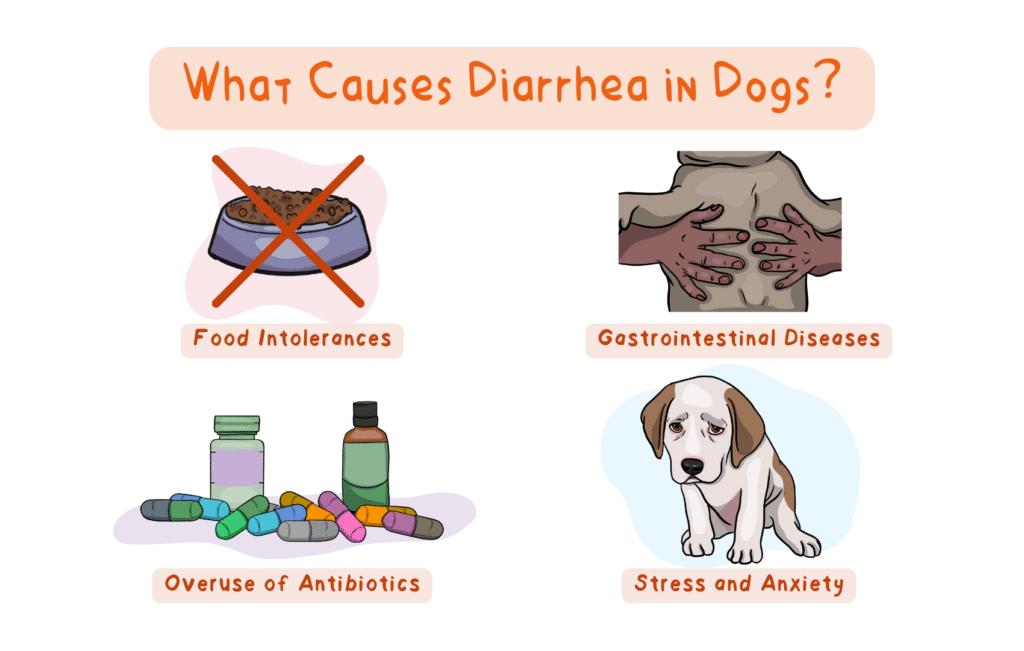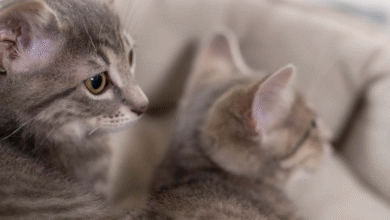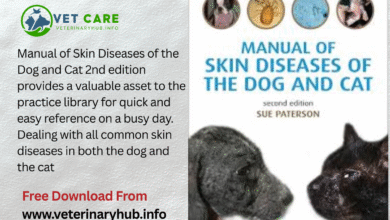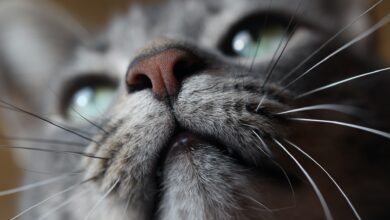

What Is Dog Diarrhea?
Most pet parents are familiar with dog diarrhea. The condition is defined as passing loose or liquid stools in large amounts or more often than usual.
Diarrhea is not a disease it is just a condition of any abnormality occur in body but a symptom of many different diseases. Your veterinarian needs to find the underlying cause of your dog’s diarrhea to figure out the prognosis and the right treatment plan.
Diarrhea is a common issue in dogs. Your pet’s loose stool can be caused when they eat something abnormal or by something more concerning, such as a viral disease or toxin.
No matter why your dog has diarrhea, you want to know how the condition can be stopped, and whether you should rush them to the veterinarian or keep an eye on their condition at home.
For further questions or professional guidance, feel free to contact us at professionaldvm129@gmail.com
Here’s everything you need to know about dog diarrhea.
Types of Dog Diarrhea
Although you likely find your dog’s diarrhea smelly and gross, your veterinarian will want to know the details to understand what’s going on. Veterinarians put dog diarrhea into four categories:
- Osmotic diarrhea
- Osmotic diarrhea happens when water moves into the gastrointestinal (GI) tract, creating a large volume of fluid feces. A high-fat meal or lactose intolerance can cause osmotic diarrhea. With this diarrhea type, pet owners would see extremely loose, watery bowel movements. Fasting typically helps improve osmotic diarrhea.
- Secretory diarrhea
- Secretory diarrhea occurs when the GI tract makes too many secretions; it can be caused by certain bacterial toxins and viruses. With this diarrhea type, pet owners would see abundant amounts of watery feces. Fasting typically doesn’t improve secretory diarrhea.
- Exudative diarrhea
- Exudative diarrhea happens when the GI lining is damaged. Ulcerative colitis and certain autoimmune diseases can cause this diarrhea type. With this diarrhea type, pet owners can expect to see mucus and/or blood in the feces.
- Rapid intestinal transit diarrhea
- This diarrhea type occurs when a dog’s colon squeezes more intensely than normal, causing the material inside to pass quickly through the GI tract. Rapid intestinal transit diarrhea results in watery feces.

Is Dog Diarrhea an Emergency?
If your dog has diarrhea once and seems otherwise happy and healthy, you can likely watch their condition at home.
However, seek veterinary care if your dog’s diarrhea doesn’t clear up within 24 to 48 hours or if it occurs off and on for several days or weeks.
If your dog has diarrhea once and seems
otherwise happy and healthy, you can likely
watch their condition at home.
Seek emergency care if:
- You know or suspect your dog has eaten or drunk a toxin.
- You know or suspect your dog has eaten a foreign body.
- Your dog has other Symptoms such as:
- Lathergy
- Decreased appetite
- Fever
- Belly pain
- Vomitting
- Abdominal distention (swelling)
- Your dog is a puppy or senior.
- Your dog has a pre-existing health condition.
Causes of Dog Diarrhea
Dog diarrhea can be caused by many issues. Common ones include:

- Dietary indiscretion
- Eating trash or foods meant for people can cause a dog to develop diarrhea.
- Toxin ingestion
- Pet toxins, such as chocolate, alcohol, and certain essential oils, can cause upset stomach in dog, including diarrhea.
- Foreign body ingestion
- Some dogs tend to eat foreign objects, such as rocks and socks, which can lead to diarrhea.
- Switching foods
- Suddenly changing your dog’s food can cause GI upset.
- Internal parasites
- Internal parasites, such as girdia, coccidia, hookworms, roundworms, or whipworms, can cause diarrhea.
- Infection
- Bacterial and viral infections, such as parvovirus, canine distemper, or salmonella, can lead to GI upset, including diarrhea.
- Allergies
- Food allergies most commonly cause skin itching in dogs, but they can also lead to diarrhea.
- Cancer
- Cancer affecting the GI tract can lead to diarrhea.
- Inflammation (swelling)
- Conditions such as inflamatory bowel disease (IBD) can cause GI upset.
- Pancreatitis
- Inflammation of the pancreas can lead to diarrhea.
- Medication
- Diarrhea can be a side effect of certain medications.
- Organ dysfunction
- Kidney or liver disease can lead to GI upset.
- Stress
- Stressful events, such as a veterinary visit or adopting a new pet, can cause your dog to develop diarrhea.
How Veterinarians Diagnose Dog Diarrhea
Veterinarians diagnose the underlying cause of your dog diarrhea so they can create a treatment plan that works.
Diagnostics veterinarians often use include:
- History
- Your veterinarian will take a detailed history to figure out if your dog was exposed to anything that may have triggered their diarrhea.
- Physical exam
- A through nose to tail exam helps your veterinarian check your dog’s overall health and find abnormalities such as fever or abdominal tenderness.
- Blood work
- Blood work, including a complete blood count (CBC) and biochemistry profile, can find issues such as kidney and liver disease or infection, and can also check your dog’s hydration and electrolyte status.
- Fecal exam
- A fecal exam is helpful to find intestinal parasites.
- Parvo test
- If you have a puppy or an unvaccinated dog, your veterinarian may recommend a parvo test to rule out this potentially deadly viral disease.
- X-rays
- In some cases, such as potential foreign body blockage, your veterinarian may take an X-ray.
- Biopsy
- An intestinal biopsy may be needed to diagnose the diarrhea’s cause.
- Food elimination trial
- If your veterinarian suspects your dog has a food allergy, they may suggest a food elimination trial to figure out the ingredient that is causing the problem.
Treatment of Dog Diarrhea
Treatment for your dog’s diarrhea depends on the underlying cause. Potential treatments include:
- Diet change
- Your vet may recommend switching to a special diet that supports healthy digestion and helps balance the GI microbiome. Or, if your dog has a food sensitivity, your veterinarian will recommend a diet that doesn’t contain the triggering food or a hydrolyzed diet to help control their symptoms.
- Withholding food
- In cases of dietary indiscretion, withholding food for 12 hours can allow the intestine to calm down.
- Fluid therapy
- For moderate to severe diarrhea cases, fluid therapy may be needed to replace lost fluid and correct electrolyte imbalances.
- Antibiotics
- In some rare diarrhea cases, antibiotics are prescribed to clear up or prevent a bacterial infection. Note that antibiotics can cause dysbiosis, a disruption to the microbiome, which could cause further GI issues.
- Anti-parasitics
- If your dog has intestinal parasites, your veterinarian will prescribe a proper anti-parasitic.
- Monoclonal antibody treatment
- A monoclonal antibody treatment is available for puppies with parvovirus.
For further questions or professional guidance, feel free to contact us at professionaldvm129@gmail.com
Recovery and Management of Dog Diarrhea
Most dogs who have mild diarrhea typically recover in two to three days, and giving a probiotic and feeding a bland , can help them recover more quickly. Dogs affected by severe diarrhea may take longer to recover.
Ask your vet about feeding your dog a special GI diet formulated to aid in healthy digestion.
Prevention of Dog Diarrhea
Not every dog diarrhea case can be prevented. However, to lower your canine’s diarrhea risk, follow these tips:
- Keep your dog’s vaccinations up to date.
- Switch your dog’s diet gradually if you are giving them a new food.
- Provide year round parasite prevention.
- Keep your garbage in sealed containers to keep your dog from getting into it.
- Keep your dog away from fecal matter left by other animals.
- Stop your dog from drinking from natural water sources such as ponds or puddles, or from public dog watering bowls.
- Read labels to avoid feeding your dog a toxic ingredient.
- Tidy your house if your dog is prone to swallowing foreign objects.
- Avoid feeding your dog table scraps.
- Lower your dog’s stress.
Dog Diarrhea FAQs
Should I be worried if my dog has diarrhea but is acting fine?
If your dog has diarrhea but otherwise acts healthy and happy, you shouldn’t worry. Withhold food for six to 12 hours and watch your pet’s condition.
For further questions or professional guidance, feel free to contact us at professionaldvm129@gmail.com
If the diarrhea stops, gradually reintroduce small amounts of bland food, then gradually switch them back to their normal diet. If the diarrhea doesn’t stop or your dog starts showing other signs, such as lethargy or vomiting, seek veterinary care.
Dog diarrhea is a common yet concerning issue that can range from a mild digestive upset to a symptom of a serious underlying health condition. Understanding the different types, symptoms, causes, diagnosis methods, and effective treatments is essential for keeping your pet healthy and comfortable. Whether your dog is experiencing acute or chronic diarrhea, early detection and appropriate care can make a significant difference. In this blog, we cover everything you need to know to respond quickly and confidently when your dog has diarrhea. For further questions or professional guidance, feel free to contact us at professionaldvm129@gmail.com.








x8mf8s
wd3lx3
83b8nt
qkv4cg